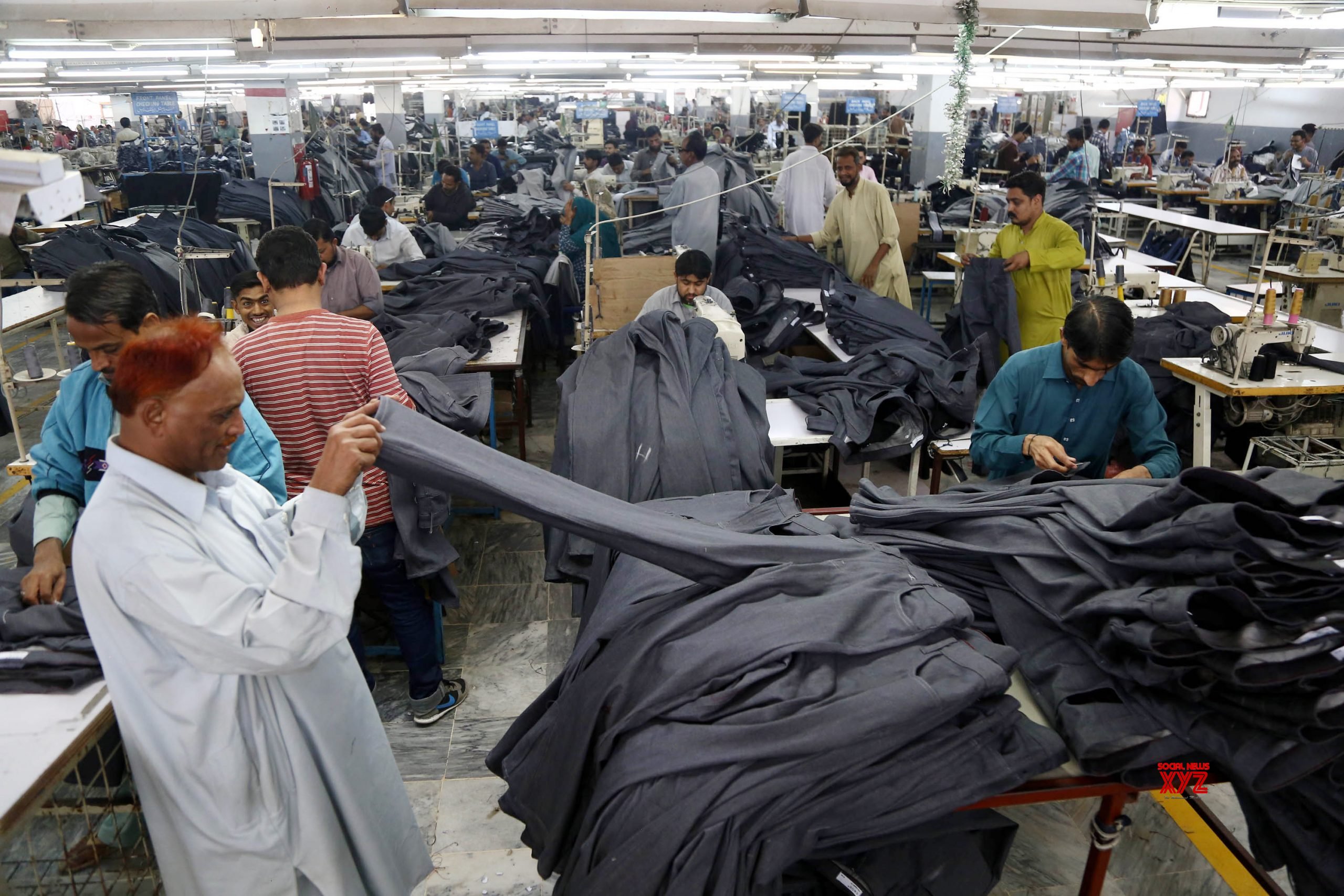The Garments Factory
The garments factory should follow the specifications of a garment tech pack. This tech pack should contain technical specifications of the garments, clear construction details, and fabric requirements. Moreover, it should also include information regarding the accuracy of bulk fabric purchase, delivery dates, and color swatches.
Fabric selection
When it comes to making a new clothing line, fabric selection is one of the most crucial steps. Fabrics come in a wide variety of qualities, each one suited to different purposes. Often, designers will specify a specific fabric as part of their overall design concept. Other times, they may create new styles for a fabric that was once successful.
Once you have decided on your style and have chosen the fabric that will go with it, you will need to work on a prototype of your design. This will help you determine any manufacturing issues. It’s important to choose the correct fabric for your garment, as well as take care of it, to ensure it will be as durable and long-lasting as you envisioned.
The next step in garment production is the lay cutting process. This is done by machine or by hand. When a piece is finished, a quality check is performed to determine if there are any defects. If it’s found to be defective, it’s returned to the manufacturer. Next, the garment will go through the distribution area. At the cutting room, the fabric will be cut into plys and spread by hand or by computer. Care is taken to ensure that each ply is aligned properly.
When choosing a fabric for a prototype, you’ll have to be mindful of the specific requirements of the manufacturer. These specifications are a list of materials that are required for the garment. They may include things like a particular weight, thickness, or nanofibers. In the case of a manufacturer, these details will determine whether a certain fabric is suitable for a given piece of clothing.
Fabric relaxing
Fabric relaxing is an important part of the garment-making process. It allows the fabric to recover its original shape after finishing and dyeing, and it ensures the dimensional stability of the final garment. The fabric is subjected to a variety of strains during the production process, and fabric relaxing is a necessary step to prevent excessive shrinking.
The amount of time required for fabric relaxation depends on the fiber and structure of the fabric. It is important to find out what the appropriate amount of time is for each type of fabric, and then follow the time required. In addition, the SOP for each fabric type should be followed. In general, the length of time should be at least 24 hours.
The fabric relaxing process at a garments factory begins when a fabric arrives from an overseas manufacturer. Usually, it arrives in steel commercial shipping containers, and workers unload it using a forklift. After unloading, fabric is stored in a special area in the garment factory. The fabric is then “relaxing” while it is waiting for the next step of the fabrication process. Throughout the textile manufacturing process, the fabric is under constant tension and must relax to prevent further shrinkage.
The process of relaxation shrinkage involves progressive changes in the fabric’s axial and width dimensions. In most cases, the shrinkage will be negative in both dimensions. However, if the fabric is overly stretched, it may increase its width. This is commonly seen in cotton T-shirts. This type of shrinkage is often undesirable and should be avoided.
Fabric mixing
Fabric mixing at garment factories is a labor-intensive process. It is done by hand, using no computer software. The garment factories receive fabric from overseas textile manufacturers in large cardboard bolts, plastic center tubes, piles, or metal shipping containers. Fabric is then lowered into a container with a fork and stored in a designated area until it is needed.
The type of fabric is then chosen. Different fabrics have different fiber contents and ply counts. The quality of fabric is dependent on several factors, including the desired color, feel, and physical and chemical properties. The fabric supplier works with the garments factory to ensure the desired quality of the finished product. If the fabric is not suitable for the final product, it is returned to the manufacturer.
The fabric is then tested to make sure it meets customer standards. A quality assurance team inspects each fabric bolt manually. It looks for defects, including wrinkles, and other cosmetic defects. Once this process is complete, the fabrics are sent for laundering. Depending on the level of shrinkage, the pattern may need to be adjusted. Fabric testing is also crucial for ensuring a garment is fit and comfortable. During the testing process, the fabric is sent to a washing machine inside the garments factory.
Fabric mixing at a garments factory includes many different processes. First, the fabric must be marked. This can be done manually or with a computerized marking system. The pattern is printed on the marking paper, indicating the shapes of the parts and the grain. Then, workers will insert the markers or staple them to the fabric. Some manufacturers also use adhesives to adhere the markers to the fabric’s upper layer.
Fabric pressure
The degree of pressure in a garment is dependent on several factors. The shape of the body, the contour radii, and the fabric’s mechanical properties all contribute to pressure levels in a garment. The greater the curvature, the more pressure the garment will experience. Fabrics with a high Young’s modulus or negative ease have higher pressure than those with a lower Young’s modulus. To reduce the amount of pressure a garment will feel, avoid concentrating pressure on one point on the body.
The pressure and friction in a garment are fundamental to the finished look of the final products . Pressure is applied to the fabric with a variety of tools, including a scissors machine, a carousel machine, and a steam dolly. The finished garment is then processed by staff to finish the process of wrapping, marking, and packing. The garments are then shipped to client distribution centers. From there, they are sold in retail stores.
Many garment workers are women immigrants from Latin America and Asia. Many of these workers are not unionized. Consequently, they do not receive minimum wages or benefits. Moreover, their wages are so low that they are not able to contribute to social security. As a result, they have little bargaining power. They work long hours for little pay, sometimes waiting months for payment.
Another major operation in a garments factory is the cutting of fabric. The process involves pressing the fabric between two heated surfaces, usually cylindrical in shape. This process is also known as mangling. Blocking, on the other hand, involves sandwiching fabric between forms that are shaped to fit the fabric. Casting is another process, which involves pouring a liquid or powder on the fabric and forming the garment.
Fabric storage
Fabric storage requires a variety of techniques and materials. It is crucial to preserve textiles properly to prevent yellowing, fading, or mold growth. Textiles should be kept in dark, cool, and relatively dry conditions. Depending on the textile, flat, rolled, or hanging storage methods are ideal. Acid-free boxes and metal drawers are also ideal for textile storage. Moreover, acid-free tissue paper is important for each textile, and it should be placed on the bottom of the box and between textiles when stored one above another.
Before cutting bulk production, a factory prepares three reports on fabric quality. These reports are applicable to woven, dyed, and printed fabrics. If the fabric is not of high quality, it shall be rejected. Another report is the shade band report. The fabric must meet certain standards to meet the quality standard.
The textile and garment industry is known for its fast pace and high level of change. But these companies ensure safety and compliance with rules and regulations, as well as maintaining storage facilities that accommodate raw materials and auxiliary materials. This way, they can ensure timely delivery and quality products. As with any business, they have to live up to customer expectations in order to retain their customers.
The fabric department receives all kinds of fabrics. These are stored on wooden pallets. Fabrics must be cleaned and stored properly, so that they do not attract pests and mold. To prevent the growth of mold, it is important to keep the fabric storage cabinets as airy as possible.















